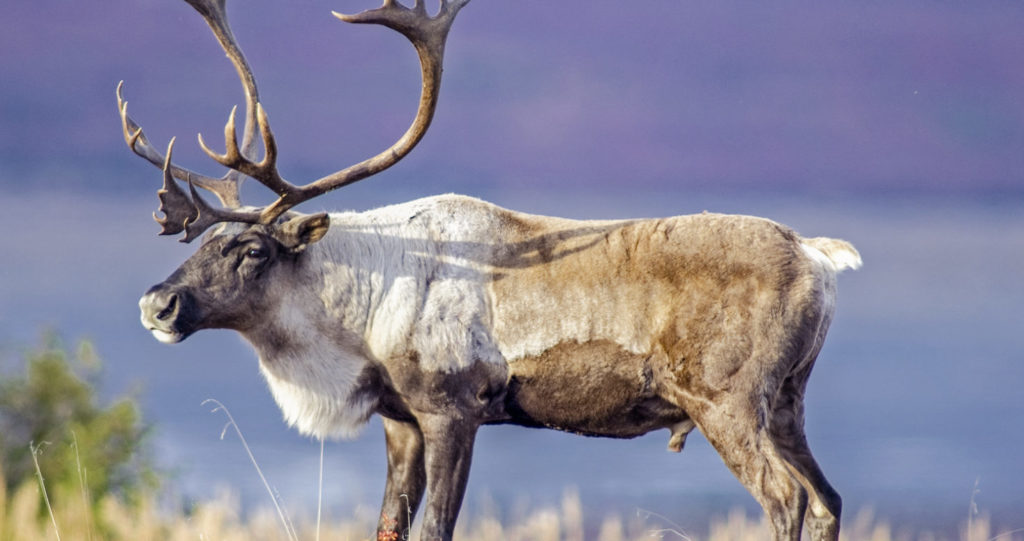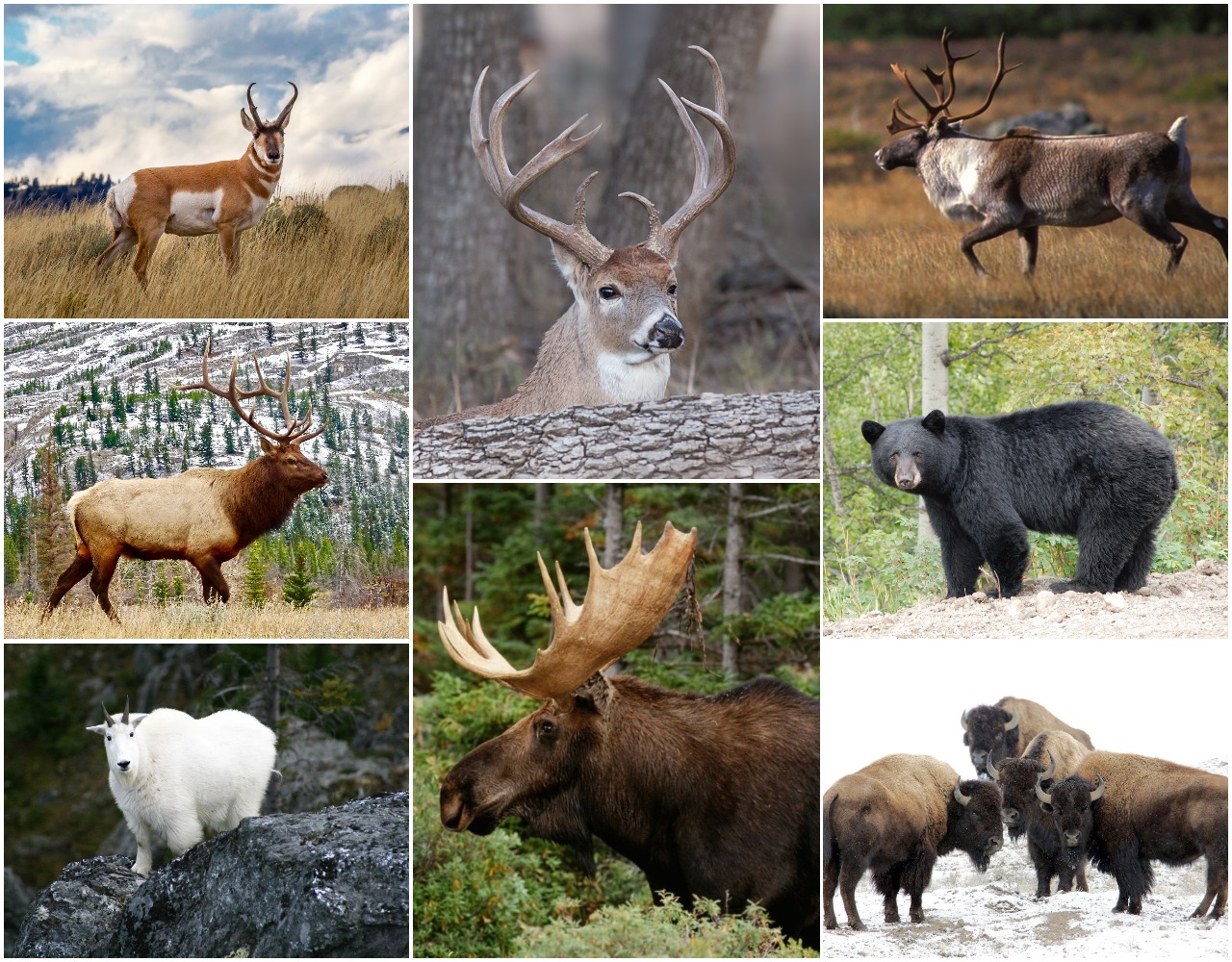Hunter hot spots
Gear up for a big-game bonanza this fall, as our exclusive annual hunting forecast of deer, moose, elk, bears and more reveals
Advertisement

NEWFOUNDLAND & LABRADOR
This province knows long and tough winters, but fortunately for hunters, the moose and caribou are equal to the challenge (while the black bears hibernate through the worst of it). Most sport hunting takes place in Newfoundland, and moose are the most popular big-game animal. This year’s hunting prospects look as good as they have in any recent season. In an exciting change to the hunting regulations, first-time young hunters (age 16) can now enter the Big Game Draw as priority applicants. That means most will be drawn for a licence in their first year of applying.
BLACK BEARS
Advertisement
All evidence suggests Newfoundland has a healthy, stable population of between 6,000 and 10,000 black bears. With a bag limit of two, and open seasons in both spring and fall, hunters will have a lot of opportunities. Not surprisingly, the highest bear densities, such as near the Middle Ridge Wildlife Reserve, are in the more remote areas away from major roadways.
CARIBOU
There is no sport hunting for caribou in Labrador, but hunters in Newfoundland have the chance to pursue the island’s estimated 29,000 woodland caribou. This population has seen a significant decline since the 1990s, but it appears to have stabilized—recently completed surveys of five caribou herds along the south coast found little change over the past three years. For hunters who are drawn for the coming season, the prospects are excellent, with the hunter success rate typically at about 75 per cent.
Advertisement
MOOSE
Most of Newfoundland’s moose are descendants of the animals introduced in 1904, which quickly flourished—by the mid-1930s, the island had a moose-hunting season. The numbers continued to grow, eventually reaching about 140,000. To address concerns about habitat degradation and moose-vehicle collisions, recent hunting management measures have stabilized the population at about 113,000. The number of available moose licences is similar to last year, although four of five recent moose surveys indicate that populations have actually increased since the previous counts. Newfoundland’s annual average moose harvest has typically been about 25,000, with hunter success at more than 60 per cent, so there should be many happy hunters this fall. Meanwhile in Labrador, a much smaller number of moose licences (370) will be available for resident hunters, unchanged from last year.
WOLVES
Wolves are returning to Newfoundland, where they’re apparently breeding with local coyotes. To get a better idea of numbers, the extent of interbreeding and the risk to local moose and caribou populations, the province has reinstated the Canid Collection Program, which pays hunters $25 for each coyote hide turned in.

